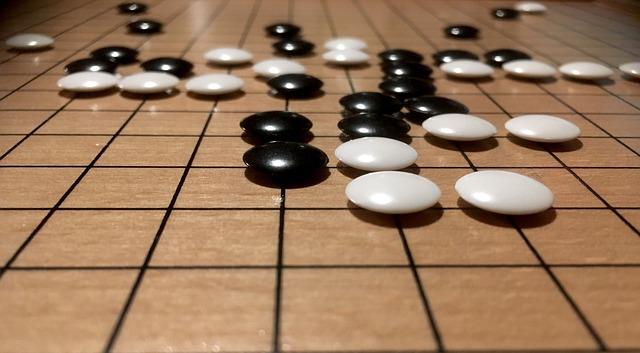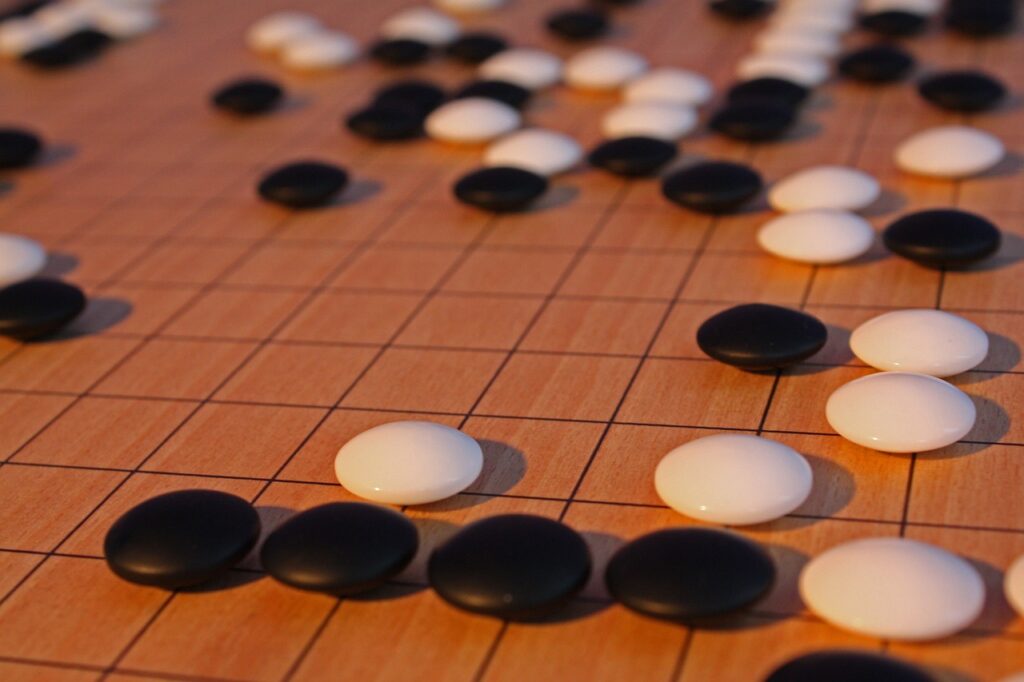As far as board games go, there are many of them and not all are similar, or even close. Modern board games tend to take the rules and make them even more complicated, allowing for basically infinite replays, where a similar game is very unlikely to happen.
However, traditional board games are much simpler and even though their rules are easy to understand, the games are complex and difficult to play at the highest level. Masters of each game can play each other for hours, if not days, depending on the game.
Today’s simple yet difficult game to unpack is Go. Here is what you should know about the game.
The Origins of Go

Like most games, Go had to start somewhere and this game started in ancient China.
Most board games had their origin in the East, including chess. Go has had its earliest reference in the 4th century BCE. There are multiple references from that period, and the game is called yi. In China, the game is called weiqi, which literally translates to encirclement board game.
The game spread to Korea and Japan between the 5th and the 7th century CE, where it took different names and new rules. Even though go was very popular in the East, it wasn’t until the 19th century that it spread to the West.
The game was popular in Austria-Hungary and Germany in the early 20th century and Edward Lasker, a famous chess player, learned it while in Berlin and took it to New York where he opened the New York Go Club, which marked a turning point of Go in the West.
The Rules of Go
Given its name, the ‘encirclement board game’, Go has relatively simple rules. The rules of the game are to have more stones on the board than the opposing player. You can only place your stones on the intersections of a grid, the typical grid being 19×19. This is much larger than a chess grid and despite the simpler rules, the game can be very complicated and last for a couple of days, even.
Beginners start with smaller boards, 13×13 or even 9×9. You can connect stones vertically and horizontally but not diagonally. A free space next to a stone is called a liberty. There are two interesting rules in Go, the ko rule and the Suicide.
The ko rule states that you cannot make a move that puts the game in a previous position, which essentially ends repetition.
The suicide rule states that you cannot place a stone so that it doesn’t have any liberties, unless it is placed to hamper an opponent.

Go in Tournaments
Go is also played competitively, though tweaks to rules and systems may apply here, to prevent games from lasting too long. There is a timer in some tournaments and each employs a different tournament system, whether double elimination, knockouts or even a non-elimination system such as the Swiss system.
The game of Go is very simple to get into but gets progressively complicated as you play more and learn more about it.
